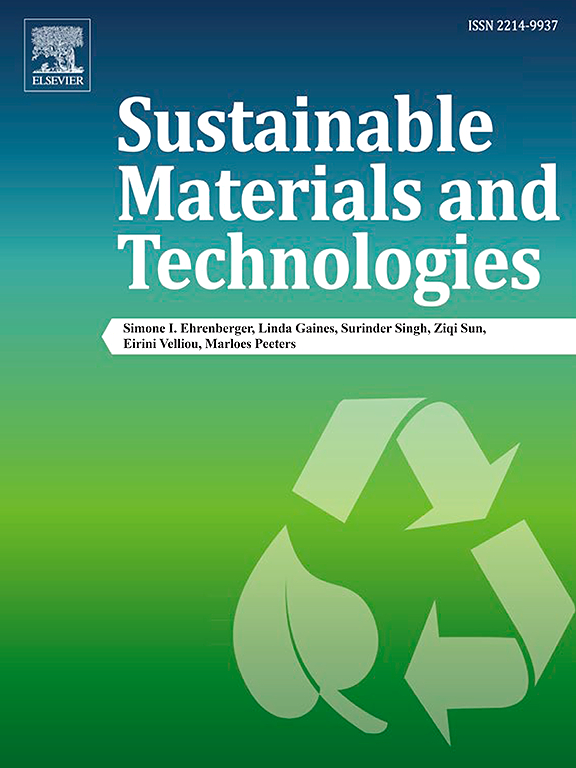Reusing cellulose acetate microplastic fibres derived from discarded cigarette butts as superior adsorbent for lead ions: UV ageing, adsorption mechanisms and DOM investigation
IF 8.6
2区 工程技术
Q1 ENERGY & FUELS
引用次数: 0
Abstract
Cigarette butts (CBs), the residual components of cigarettes post-consumption, are primarily composed of cellulose acetate microplastic fibres (CA MPf), which significantly contribute to the global excess of non-biodegradable plastic trash. Consequently, for the first time, this study examines the reusability of hazardous CA MPf by extracting it from discarded CBs, recycling it, and employing as an effective adsorbent for Pb (II) removal from aquatic environments. Further, the UV ageing characteristics, adsorption behavior, and dissolved organic matter (DOM) investigation of CA MPf embedded within CBs have been examined, to comprehend the heavy metal adsorption characteristics in water environment. Subsequently, under UV irradiations, a novel cow urine-based ageing approach for CA MPf has been explored to enhance the ageing properties, which was not previously the subject of any research. Notably, the cow urine-aged CA MPf demonstrated a remarkable increase in removal efficacy (96 %) for Pb (II), compared to the pristine CA MPf. The lower half-life capacity of 1.748 min and higher HCC of 60 mg/L obtained for aged CA MPf revealed rapid adsorption potential and higher removal efficiency. The DOM investigation of pristine and cow urine-aged MPf shows possible leaching of humic acid-like components as environmental pollutant “vectors.” CA MPf's reusability as an adsorbent guarantees a sustainable approach and is aligned with the Sustainable Development Goal.

求助全文
约1分钟内获得全文
求助全文
来源期刊

Sustainable Materials and Technologies
Energy-Renewable Energy, Sustainability and the Environment
CiteScore
13.40
自引率
4.20%
发文量
158
审稿时长
45 days
期刊介绍:
Sustainable Materials and Technologies (SM&T), an international, cross-disciplinary, fully open access journal published by Elsevier, focuses on original full-length research articles and reviews. It covers applied or fundamental science of nano-, micro-, meso-, and macro-scale aspects of materials and technologies for sustainable development. SM&T gives special attention to contributions that bridge the knowledge gap between materials and system designs.
 求助内容:
求助内容: 应助结果提醒方式:
应助结果提醒方式:


